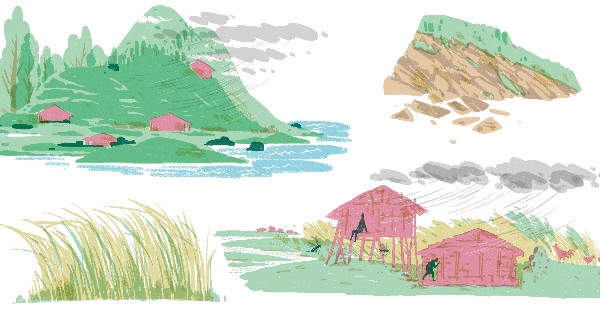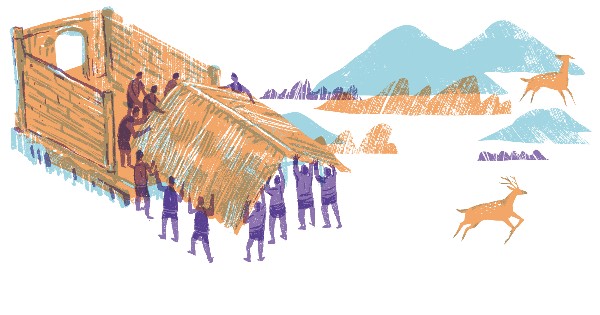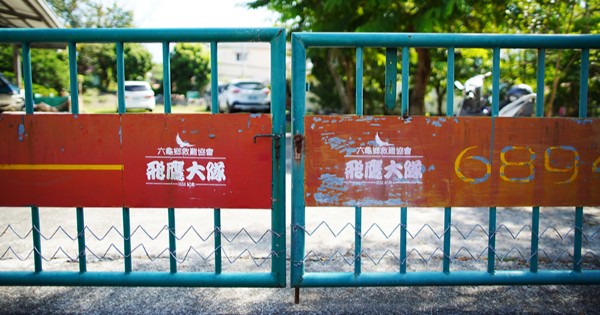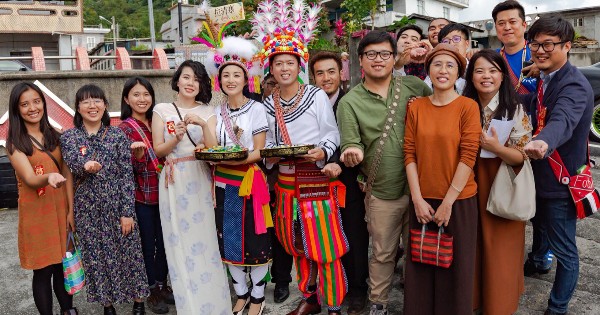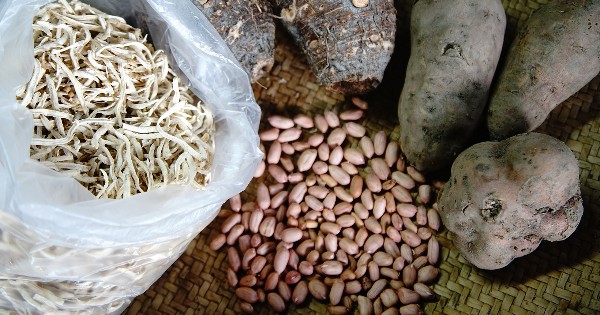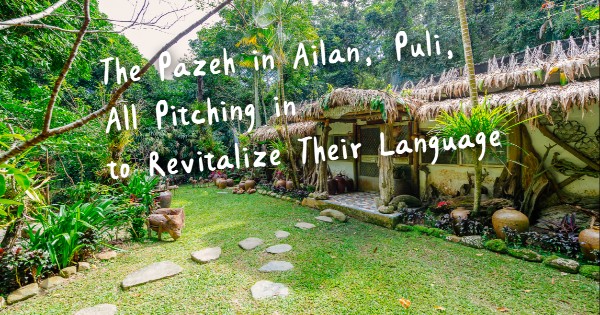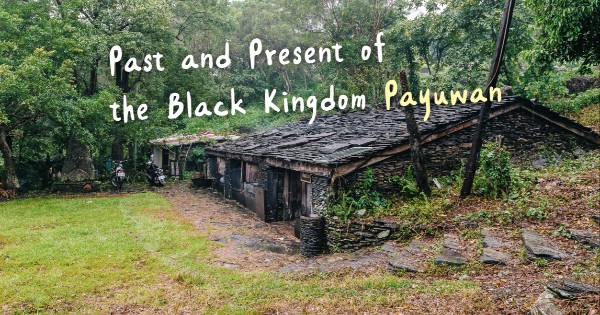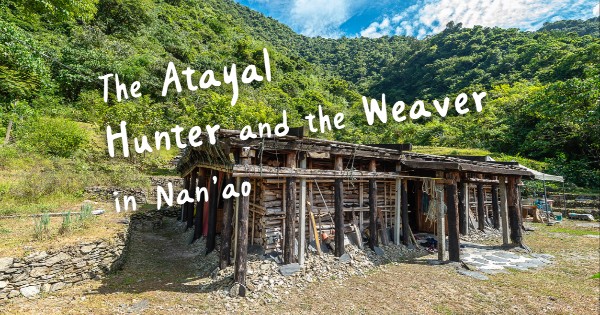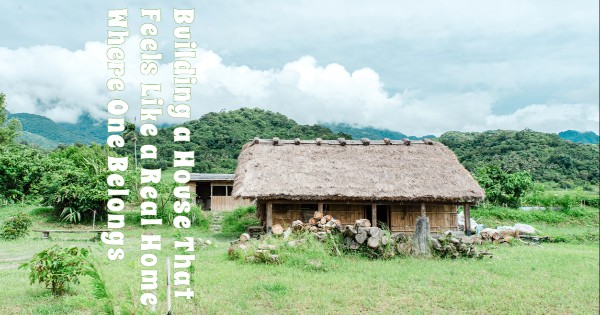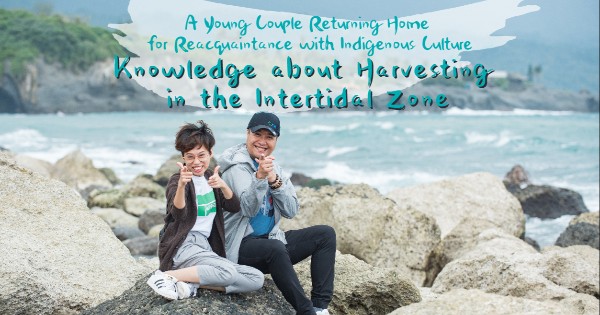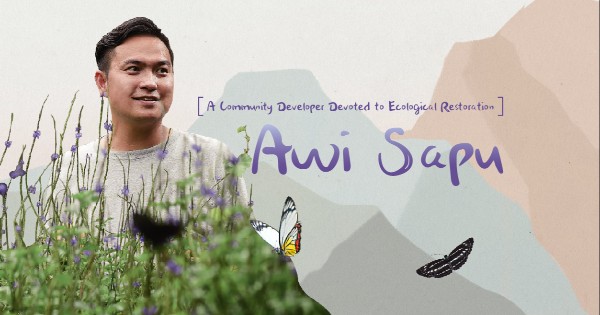2020-04-23
Indigenous Vernacular Architecture - Sustainable Solutions from Wisdom and Experience
Written by Shi Ren-Jie; Translated by 陳德怡 Deh I Chen; Illustrated by Lin Jia-Dong
The term “vernacular architecture” is used to describe
architecture built with local knowledge and materials. The
most common example would be indigenous architecture which
coexists with nature organically. This type of architecture can
vary in shape and size according to local climate, sunshine, wind
direction, flora and fauna, and local indigenous beliefs and social
structure.
...
2019-11-29
The Mistaken Names: (╳Hoanya╳), Lloa, and Arikun
Written by Chen Yi-Zhen; Translated by 陳德怡 Deh I Chen; Illustrated by Lin Jia-Dong
In the past, the numerous Taiwan Plains Indigenous Peoples’ communities spread out in Yunlin, Chiayi, Tainan, Taichung, Changhua, and Nantou were referred to as the Honya or Hoanya. But this name recorded by Inō Kanori (and had been used for so long) very likely had originated from the Taiwanese dialect word “Hoan-á” (“savage”) and does not actually refer to any particular ethnic group at all. The Lloa and Arikun peoples, who are considered branches of the Hoanya, are probably more accurate names for the indigenous peoples who have lived on this land for decades. Historically......
2019-10-23
Feiying Rescue Squad | An Effort to Better Rescue Those in Need in Mountain Area with the Combined Ethnicity in the Squad
Written by Chang Chien; Translated by 吳宜錚 Sally I.C. Wu; Photo credit: Feiying Rescue Squad/Lin Wei-Yen
Initially, the Squad was founded for making contribution to the society as a voluntary worker group by coordinating with government events and facilitating traffic control work in Liouguei. Rescues were only responded to traffic interruption caused by mudslides.
“Rescue requires to accumulate experience and without the financial support, it is not easy for a private organization to work for 21 years and become more professional,” recalled Chen Ming-Hua. Especially, the devastating 921 Earthquake hit Central Taiwan in the second year after the establishment of the Association.....
2019-09-25
Lacinhan, A Decade-long Relationship Supporting Urban Indigenous Youths
Written by Nian, Xiu-ju; Translated by 林士棻 Shihfen Lin; Photo credit: Lacinhan
It seems whenever urban indigenous residents get together, they are teleported back to their old good community despite being......
2019-09-12
A Home Cooking Lesson which Reclaims Memories of Food
Written by Liang Wen-Jing; Translated by 陳德怡 Deh I Chen; Photo credit: Tsai Zong-Sheng
This cooking classroom has no comfortable air conditioning, no precise measuring tools, and is located in the yard under a tin roof......
2022-12-07
The Pazeh in Ailan, Puli, All Pitching in to Revitalize Their Language
Written by Kuo Po-Jiun; Photo Credit: Huang Jiang-Bing
The Pazeh is a subgroup of the Taiwan Plains Indigenous Peoples in Central Taiwan, who are originally based in the areas of Fengyuan, Da’an, Shengang, Houli, Daya, Tanzi (in present-day Taichung). During the rule of the Zheng clan and the Qing dynasty, their territories shrank gradually and became insufficient to accommodate the community, which forced them to migrate en masse to the area of Ailan in present-day Puli Township of Nantou County in about 1823. It was since then that the Pazeh people began to set down roots in the lowlands and merged with the Non-indigenous ......
2022-10-06
Past and Present of the Black Kingdom Payuwan
Written by Chiu Mu-Jung; Photo credit: Huang Jiang-Bing
The Payuwan Community of the Paiwan, is located in the Majia Township, Pingtung Country. During the Japanese colonial era, it was dubbed “the Black Kingdom,” inspired by the Japanese people’s first impression of the village. When they saw from across the slope of the mountain the stone-slab houses built along the hillside, the dark roofs sparkled in the sunlight like the scales of the hundred-pace viper reflecting the light. Rows of houses stretched like several black hundred-pacers that dominated the mountains. ...
2022-08-19
The Atayal Hunter and the Weaver in Nan’ao
Written by Kuo Po-Jiun; Photo Credit: Huang Jiang-Bing
Legend has it that the people of Atayal originated in the region of the current Township of Ren’ai, Nantou County. The first ancestors appeared when a huge stone cracked apart, and villages were established afterward. As the land became insufficient to accommodate the increasing number of clansmen, their ancestors decided to leave their homeland in search of new land for future generations. There were three brothers among them who came to Quri Sqabu, and from there they embarked on three different routes of migration: Kbuta, the eldest brother, headed westward over...
2022-06-25
Building a House That Feels Like a Real Home Where One Belongs
Written by Kuo Po-Jiun; Photo credit: Lin Jing-Yi
Having grown up in the Puyuma Community of the Pinuyumayan and received a series of training for age organizations, Akac Orat returned to his mother’s hometown, the Madawdaw Community of the Amis, at the age of 30. He was saddened to see the community had been Christianized, leaving no marks of its traditional culture. This inspired him to step onto the path of learning about the Amis culture from his mother’s side. He turned this aspiration into action by spending nearly seven years learning rattan weaving from local elders. Apart from making baskets, rattan is a...
2021-12-07
A Young Couple Returning Home for Reacquaintance with Indigenous Culture | Knowledge about Harvesting in the Intertidal Zone
Written by Kuo Po-Jiun; Photo credits: Lin Jing-Yi, 831.studio; Translated by Lin Shih-Fen
A young indigenous couple moves to Taitung’s Tomiyac Community to conduct field research for their theses. They spend a year befriending and establishing relationships with local elders who now treat them as if they were their own children. The couple chooses to stay and settle down with the ideals of preserving and passing on the village’s unique culture by keeping a record of local life.
2021-10-05
A Community Developer Devoted to Ecological Restoration | Awi Sapu
Written by Liu Li-Shou; Photo credit: Huang Jiang-Bing; Translated by Chen Yi-Chen, Thomas Robertson
The land and homes are the spaces where indigenous culture is produced. By restoring traditional houses and cultural spaces, Awi Sapu leads his people in telling stories with confidence, and reclaiming their pride.
2021-08-03
A Musician on A Mission to Carry On His Culture | Suming
Written by Chen Yi-Ru; Photos credit: Mita Idea Co.; Translated by Chen Deh-I
Suming, who has won awards at both the Golden Melody Awards and Golden Horse Awards, transforms traditional music into modern creations and uses music to promote community culture. He initiated numerous gentle revolutions, including the Wawa No Liyal concert and Amis Music Festival, to gradually bring change to his hometown.
